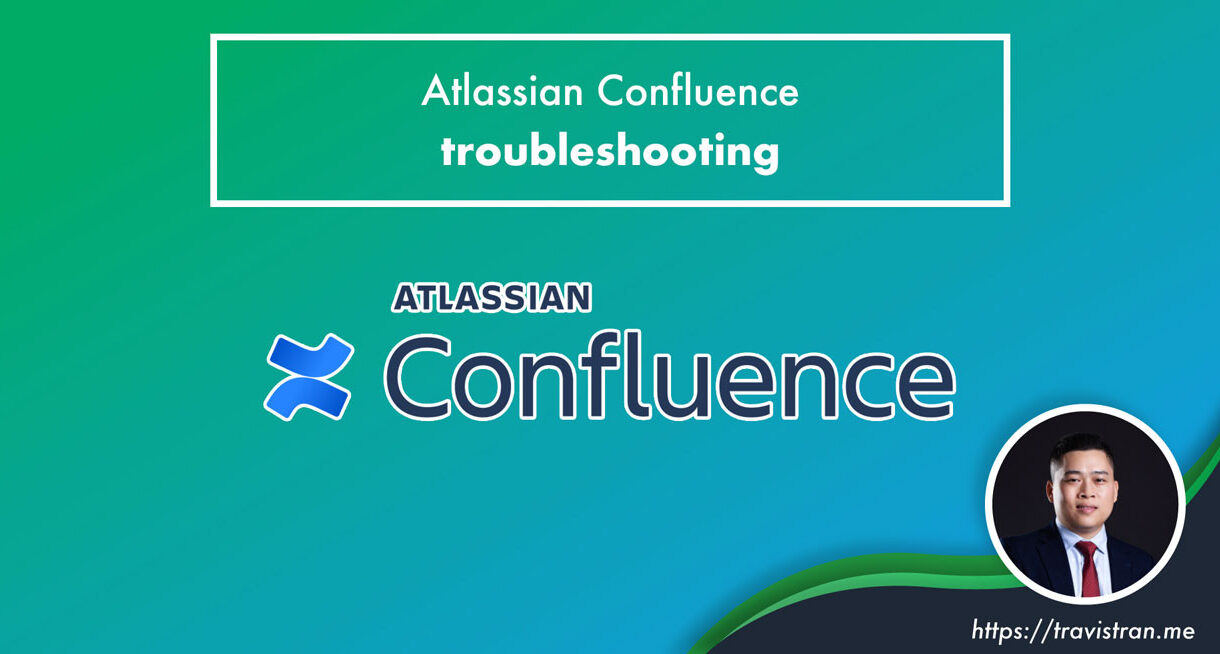Language Settings
Administrators can define a default language to be applied to all spaces in your Confluence site. Note that individual users can select a language preference for their session.
Setting the default language
To change the default language for the Confluence site:
- Choose the cog icon , then choose General Configuration
- Select ‘Languages‘ in the ‘Configuration’ section of the left-hand panel.
- Choose Edit and select the language you want to use as the default language for your Confluence site.
Confluence comes with the following languages installed and ready to use:
- Čeština (Česká republika | Czech Republic)
- Dansk (Danmark | Denmark)
- Deutsch (Deutschland | Germany)
- Eesti (Eesti | Estonia)
- English (UK)
- English (US)
- Español (España | Spain)
- Français (France)
- Íslenska (Ísland | Iceland)
- Italiano (Italia | Italy)
- Magyar (Magyarország | Hungary)
- Nederlands (Nederland | The Netherlands)
- Norsk (Norge | Norway)
- Polski (Polska | Poland)
- Português (Brasil | Brazil)
- Română (România | Romania)
- Slovenčina (Slovenská republika | Slovak Republic)
- Suomi (Suomi | Finland)
- Svenska (Sverige | Sweden)
- Русский (Россия | Russia)
- 中文 (中国 | China)
- 日本語 (日本 | Japan)
- 한국어 (대한민국 | Republic of Korea)
Other settings that affect the language
Individual users can choose the language that Confluence will use to display screen text and messages. Note that the list of supported languages depends on the language packs installed on your Confluence site.
The language used for your session will depend on the settings below, in the following order of priority from highest to lowest:
- The language preference defined in your user profile. Note that you need to be logged in for this setting to take effect.
- The language that you choose by clicking an option at the bottom of the Confluence login screen. Confluence stores this value in a cookie. When the cookie expires, the setting will expire too.
- The language set in your browser. The browser sends a header with a prioritized list of languages. Confluence will use the first supported language in that list. Confluence administrators can disable this option by setting the
confluence.browser.language.enabledsystem property tofalse. - The default language for your site, as defined by your Confluence site administrator.
Showing User Interface Key Names for Translation
This feature is useful if you are working on creating translations of the Confluence user interface. After opening the Confluence dashboard, you can add the following action to the end of your Confluence URL:
?i18ntranslate=onFor example http://myconfluencesite.com?i18ntranslate=on
This will cause each element of the user interface to display its special key name. This makes it easier to find the context for each key within the user interface. You can then search for the key on http://translations.atlassian.com where you can enter an appropriate translation for your custom language pack.
The key names are displayed with a ‘lightning bolt’ graphic. Here’s an example from a space sidebar:

To turn off the translation view, add the following to the end of the Confluence URL:
?i18ntranslate=offChange language for anonymous users
try to set a cookie parameter
examples:
confluence-language="de_DE"
or
confluence-language="en_GB"
How to clear Confluence plugins cache
Purpose
To clear the Confluence plugins cache when it gets out of sync or corrupted.
Solution
- Shutdown Confluence.
- Ensure the user running Confluence has full read/write privileges to the confluence-home directory.
- Remove the following directories. This will remove the plugin cache files only and will not permanently remove any plugins. These directories will be recreated during the next Confluence startup. However, some third-party plugins may store metadata in these directories, so we recommend creating a temporary backup of the directories.
<confluence-home>/bundled-plugins<confluence-home>/plugins-cache<confluence-home>/plugins-osgi-cache<confluence-home>/plugins-temp<confluence-home>/bundled-plugins_language
- Start Confluence.
How to find Confluence’s database connection parameters
If your confluence instance connects directly via JDBC, then your password will be in your <CONFLUENCE_HOME>/confluence.cfg.xml file.
For example:
confluence.cfg.xml
<property name="hibernate.connection.driver_class">com.mysql.jdbc.Driver</property> <property name="hibernate.connection.password">confluencepass</property> <property name="hibernate.connection.url">jdbc:mysql://localhost/confluence?autoReconnect=true</property> <property name="hibernate.connection.username">confluencedbuser</property> <property name="hibernate.database.lower_non_ascii_supported">true</property> <property name="hibernate.dialect">com.atlassian.hibernate.dialect.MySQLDialect</property>
Add Space fails – An unknown server error has occurred
It seems to be caused by corrupted data in some template tables.
Solution:
Backup database or even better the whole system ( VM snapshot / XM backup ). You better try this on your staging / dev system!
- Shutdown Confluence
- Delete tables
- Try to Restart Confluence. If it still fails, then continue.
- Clean plugin cache: How to clear Confluence plugins cache.
- Restart Confluence.
Delete tables SQL:
DROP TABLE "AO_54C900_SPACE_BLUEPRINT_AO"; DROP TABLE "AO_54C900_C_TEMPLATE_REF"; DROP TABLE "AO_54C900_CONTENT_BLUEPRINT_AO";



